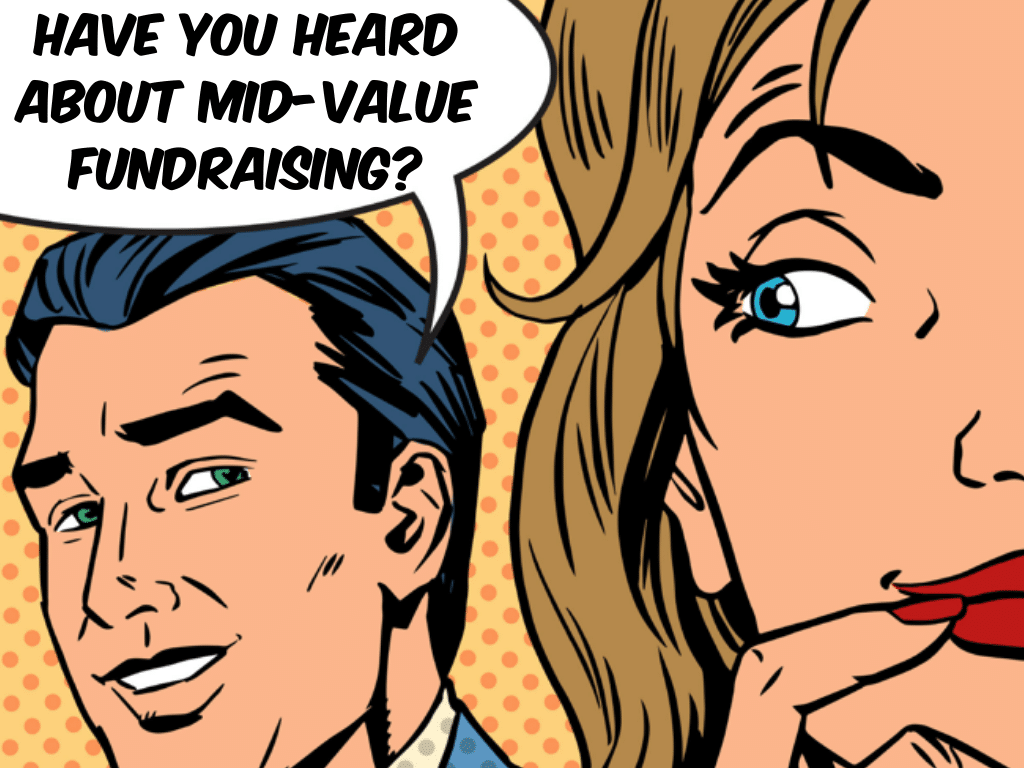It’s a question that many fundraisers ask me about mid-value donors. And it’s one of the key things that came up at my webinar All About Mid-Value Donors yesterday:
How can I identify those donors ‘worth’ an extra investment in time and money?
Go to any conference, read any fundraising blog and you will likely be told how important it is to ‘build relationships’ with your donors. Maybe it is couched as ‘engagement’.
You may see headlines like ‘Research shows that donors are more likely to donate if they are engaged’.
We believe this. After all it makes sense, doesn’t it? More engaged donors will give more.
Of course, people who give more are more, ahem, engaged too.
Chicken or egg?
At the same time we read about rising costs of acquisition and development, and are constantly reminded about this by our own budgets and results.
So, on one hand we need to build relationships –- which costs money –- and on the other hand keep costs down.
What to do? Luckily, you don’t need to invest lots into everyone.
You see, most donors don’t want relationships with you. They gave because they liked the pack/person who signed them up on the street/advert online/Facebook post/friend who did an event. The connection is slight. Casual. Hardly ‘engaged’.
If you have ever done any qualitative or quantitative donor research, you’ll find most of your donors don’t even know the name of your organisation. They often don’t know how much they gave. Or when. Or what for.
Also, about 80% of your future income is going to come from just 20% of your supporters. And, interestingly, about half of all your future income is going to come from a tiny number of donors – perhaps as low as 5% of them!
Combining these facts, you can quickly begin to prioritise those donors ‘worth’ an extra investment in time and money.
There are some nearly free ways we can improve how we communicate with all donors.
These boil down to:
- Donor-centric language. Thank them, not you. Praise them, not you. Demonstrate outcomes from a recipient’s point of view, not yours. Make all your communications about them. Not you.
- Personalising letters and response coupons in mail. Modern technology allows for personalised ask amounts in letter copy very easily.
- Using the phone to thank and to ask for monthly giving.
These things will also lead to you raising more money straight away.
There is more we can do, but it will cost you.
And that’s what my recent free webinar was about: spending more to get more from the donors who can give more. It’s part of what makes the difference between a fundraising program that floats along, gathering revenue at a poor return-on-investment, growing slowly if at all … and a program that really grows by leaps and bounds.
Which one would you rather be?
I’d love your thoughts – please comment on the blog below.





